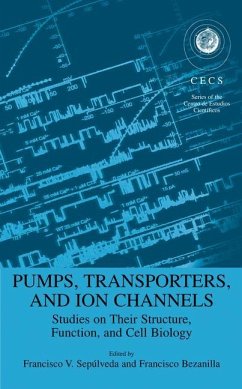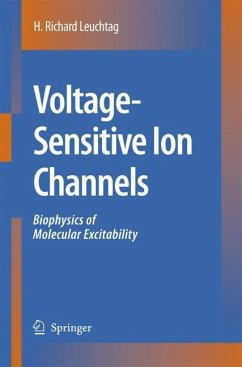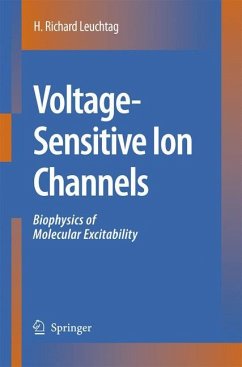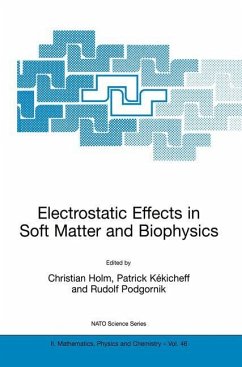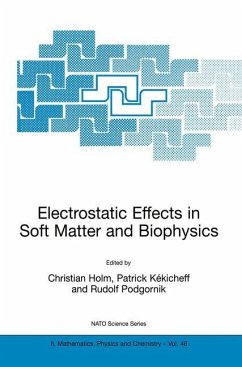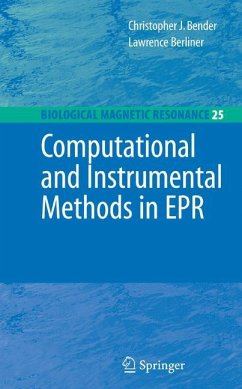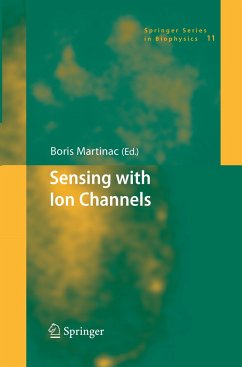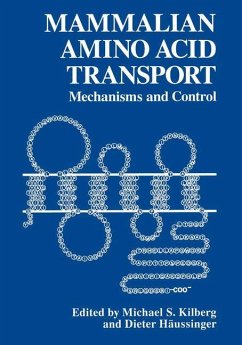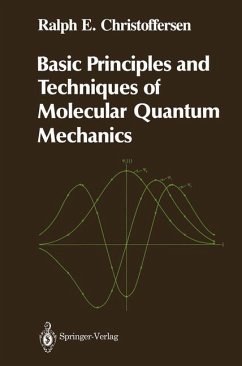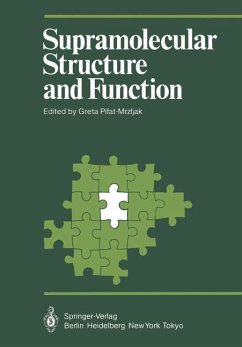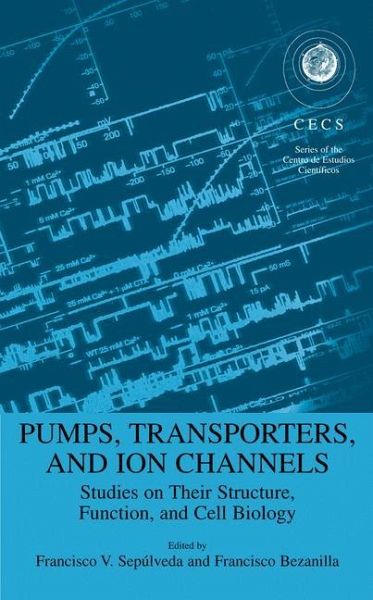
Pumps, Transporters, and Ion Channels

PAYBACK Punkte
38 °P sammeln!
This book is a compilation of articles based on some of the talks given at the Centro de Estudios Cientificos (CECS) in Valdivia during the course of a celebration to th mark the 60 birthdays of Ramon Latorre and Enrico Stefani. Ramon Latorre is one of the most outstanding figures in channel Biophysics today. The first surprise is that he trained as a Biochemist! He soon, however, became a biophysicist through his work with Guayo (Eduardo) Rojas who guided him during his Ph. D thesis in the Laboratorio de Fisiologia Celular in Montemar. His work at N. I. H with Gerald Eherenstein and Harold Le...
This book is a compilation of articles based on some of the talks given at the Centro de Estudios Cientificos (CECS) in Valdivia during the course of a celebration to th mark the 60 birthdays of Ramon Latorre and Enrico Stefani. Ramon Latorre is one of the most outstanding figures in channel Biophysics today. The first surprise is that he trained as a Biochemist! He soon, however, became a biophysicist through his work with Guayo (Eduardo) Rojas who guided him during his Ph. D thesis in the Laboratorio de Fisiologia Celular in Montemar. His work at N. I. H with Gerald Eherenstein and Harold Lecar constitutes one of the milestones of single ion channel Biophysics. This classical work, done in planar bilayers, set the basis for understanding voltage-dependent conductances with single channel studies and predates, by many years, later studies using patch clamping techniques. Ramon was one of the firsts to find and recognize the importance of calci- activated potassium channels and to begin a detailed study of channel properties. He pioneered the ideas of voltage and calcium modulation of the open probability and he added detailed studies of gating and its modulation by other ions. Ramon is also interested in permeation and selectivity and he produced classical studies on the number of water molecules in the channel and sites occupied by barium. Results and concepts that have recently taken front page as the structure of KcSa has been described.




